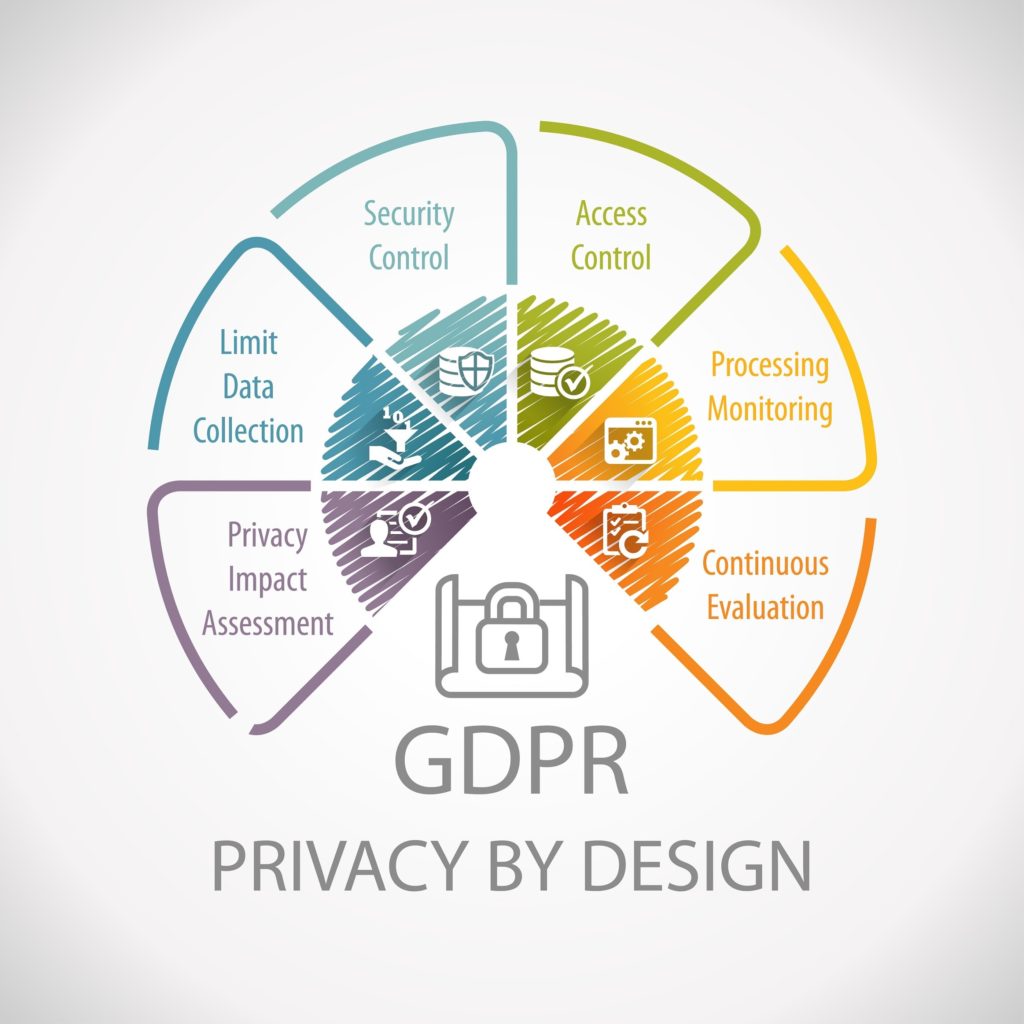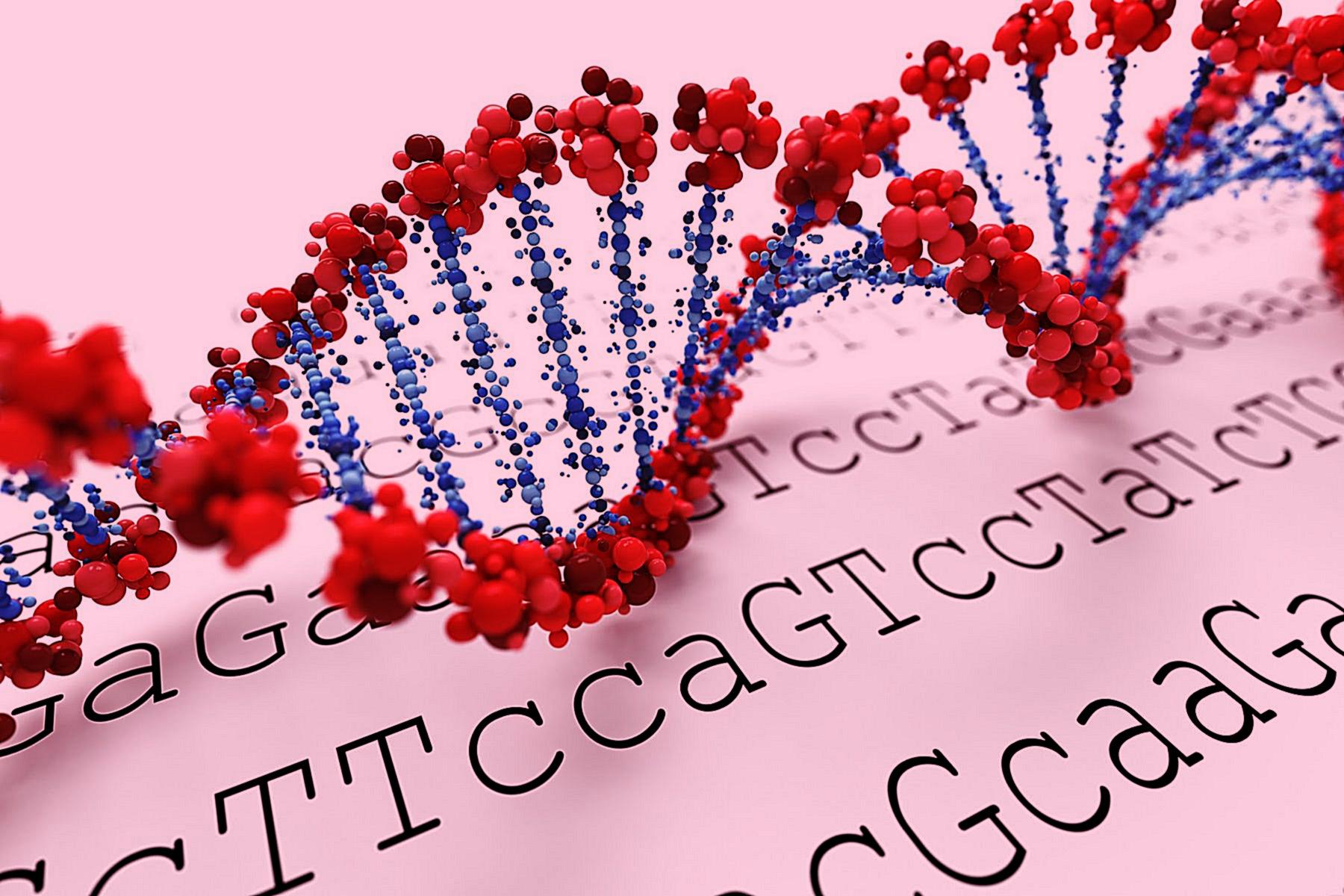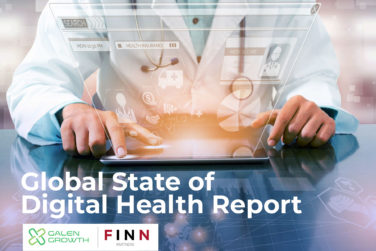While similar in many ways, pharmacogenomics and pharmacogenetics are two distinct concepts. Specifically, they differ in their level of application. In brief, pharmacogenetics relates to the effects of individual genetic variations on drug efficacy and toxicity. Meanwhile, pharmacogenomics refers to the study of how genetic factors relate to such individual variabilities. That is, pharmacogenomics refers to the broad application of genomic technologies for the development or categorization of a drug. Pharmacogenomics systematically looks for genomic variations that may explain certain observed drug responses within a population. Conversely, pharmacogenetics assesses the genetic cause after an individual develops an unexpected drug response.
Benefits of Pharmacogenomics
Currently, most drugs are “one-size-fits-all.” However, not everyone will react equally to the same drug. Some patients may receive a huge benefit, while others will see no difference at all. Some might experience minimal side effects, whereas others cannot tolerate the drug due to high toxicity. Today, these situations are overcome by gradually changing the dose, intensity, or drug itself. That is, a “trial and error” approach is generally used. For obvious reasons, this is less than ideal. In the near future, pharmacogenomics may be routinely used to choose the drug and dose with the highest likelihood of success. This would allow physicians to avoid prescribing various drugs until they find the right one. In turn, this would save both time and money.
Although rapidly growing, it should be noted that pharmacogenomics is a relatively new field. Hence, its use is still somewhat limited. Physicians are starting to use pharmacogenomic information to prescribe certain drugs. However, routine testing exists only for limited conditions. An important example is trastuzumab, which is only effective for HER2-positive breast cancer patients. Moreover, abacavir, an antiviral drug prescribed to patients with HIV, may cause severe adverse drug reactions (ADRs) in patients with certain polymorphisms. Accordingly, genetic testing is now routinely performed before prescribing these drugs. Nevertheless, pharmacogenomics is expected to play a role in numerous other common conditions in the future.
All this said, it should also be acknowledged that an individual’s drug response is multifactorial. That is, there are multiple gene-environmental interactions to consider. For this reason, completely personalized medicine is not yet feasible (although we’re slowly getting there!)
Pharmacovigilance – An Essential Means of Detecting and Preventing Adverse Drug Reactions
Pharmacovigilance can be defined as the practice of continuously monitoring the effects of a drug post-approval. The main goals are to detect, assess, understand, and prevent any short- and long-term ADRs. Moreover, it is also crucial for ensuring a good risk-benefit ratio. Accordingly, pharmacovigilance is vital for quality management of all aspects of healthcare delivery.
Currently, the pharmacovigilance system depends largely on spontaneous reporting of adverse events. However, this system is associated with numerous challenges including a lack of a standardized approach, a highly time-consuming process, and a system that depends on the cooperation of HCPs.
Importantly, although the number of adverse events reported annually is increasing, this has not resulted in faster detection or improved public health. In fact, under-reporting remains one of the biggest challenges of pharmacovigilance—up to 95% of ADRs go unreported.
What is “Pharmacogenovigilance”?
“Pharmacogenovigilance” can be roughly defined as pharmacovigilance activities informed by pharmacogenomics analyses and tests. It encompasses the study and knowledge of genetic variations throughout all parts of healthcare delivery and patient care. Both pharmacovigilance and pharmacogenomics aim to explain individual and inter-population heterogeneity in drug pharmacokinetics and pharmacodynamics. While pharmacovigilance improves patient care and safety, pharmacogenomics plays an important role in optimizing drug safety.
By incorporating pharmacogenomics, pharmacogenovigilance is more mechanistic in its surveillance approach than traditional pharmacovigilance. This is especially useful for establishing causality. Further, it allows extrapolation from one population to another if the worldwide polymorphism distribution linked to a certain drug response is known. It also helps understand the pharmacokinetic and pharmacodynamic performances of drugs in various genetic subpopulations.
Accordingly, in the current pharmacogenomics era, pharmacovigilance cannot ignore this concept. In the future, it might even be unethical not to consider pharmacogenomic tests as part of pharmacovigilance efforts. Thus, a national pharmacovigilance system considering pharmacogenomics must be established. This will help integrate different data sources for assessing the causal relationships between genetic markers, drugs, and ADRs.
Nevertheless, pharmacogenovigilance is not yet routinely employed in clinical practice. Part of the reason is that pharmacogenomics is still a new field. Despite recent advances, its integration into healthcare services has been slow. Another major barrier is the limited awareness among healthcare providers.
Pharmacogenovigilance in the Digital Age
Additional barriers to the routine use of pharmacogenovigilance stem from ethical and legal issues related to privacy and data protection. Technological and digital advances have allowed researchers and developers unprecedented access to vast amounts of patient data. Currently, most pharmaceutical companies report using digital technologies to collect, store, and share data. In the future, genetic data may be shared openly among investigators to conduct collaborative clinical trials, develop better targeted therapies, and more easily incorporate technological advances. As a result, safer and more efficient drugs can be developed. However, with the increased use of digital tools for sharing data between stakeholders, the risk of cybercrime is increasing. Consequently, digital security becomes crucial.
Digital security is essential for all parts of the drug development process. This includes not only during clinical trials but also for pharmacogenovigilance. As pharmacogenomics is being increasingly used, all efforts to protect patient data related to genetic information must be taken.
The EU General Data Protection Regulation (GDPR)
As of May 25, 2018, companies collecting data on EU citizens will need to comply with strict new rules surrounding the protection of personal data and privacy. This includes both data transactions within EU member states and exportation of personal data outside the EU. Breaches will result in steep fines of up to 4% of a company’s total global revenue. As a result, it could have a big effect on how companies throughout the world handle data privacy.
 The main reason for this new regulation is public concerns over privacy. The GDPR replaces a 1995-initiative, which was published long before the present digital era. Thus, it did not address the current ways data are collected, stored, and shared. The privacy data protected by the GDPR include basic, demographic, health, and genetic data, among many other types. Surveys have indicated that U.S. customers are likely to boycott companies that have experienced data breaches. Conversely, they are more likely to support companies that take data protection seriously. This fact should be considered when U.S. companies contemplate whether to use or block data on EU citizens, and whether to comply with the GDPR. However, for large, multinational pharmaceutical companies, this is not a choice. Instead, they need to focus on how to best ensure compliance.
The main reason for this new regulation is public concerns over privacy. The GDPR replaces a 1995-initiative, which was published long before the present digital era. Thus, it did not address the current ways data are collected, stored, and shared. The privacy data protected by the GDPR include basic, demographic, health, and genetic data, among many other types. Surveys have indicated that U.S. customers are likely to boycott companies that have experienced data breaches. Conversely, they are more likely to support companies that take data protection seriously. This fact should be considered when U.S. companies contemplate whether to use or block data on EU citizens, and whether to comply with the GDPR. However, for large, multinational pharmaceutical companies, this is not a choice. Instead, they need to focus on how to best ensure compliance.
Effects of the GDPR on U.S. Companies
Whereas the EU has always taken a “consumer-first” stance, U.S. regulations tend to favor businesses over the consumer. Prior to its launch, the majority of U.S. companies considered that the GDPR will require them to rethink their strategies in Europe. Some speculated that the GDPR may bring a competitive disadvantage compared to European companies. Others, however, considered that this move will result in improved customer confidence and, consequently, improved business.
As a consumer, you probably noticed a flood of emails from various companies about “security updates” in late May. In the days leading up to May 25, “GDPR” was trending on both Facebook and Twitter. Many U.S.-based companies that have opted in to the GDPR have offered users outside the EU the same rights over their data. Although non-EU citizens cannot file complaints against a company for violating the GDPR, this suggests that the GDPR is changing the way companies approach personal data.
However, while this is all encouraging, it is far too early to tell if the GDPR will be strictly reinforced and have any palpable effect on U.S. companies. Nonetheless, any pharmaceutical or healthcare company using data of EU citizens or with offices in Europe must make themselves aware of, and comply with, the rules of the GDPR. This is a huge task; one that companies have had two years to prepare themselves for.
Ensuring GDPR-compliance for U.S. Companies
To be GDPR-compliant, there are several strict conditions to meet. Individuals must be provided with means to control, check, and delete any personal information stored by companies. For example, informed consent will be required to store, process, and access personal data. On request from the individual, companies must erase these data. Further, in the U.S., there are often multiple copies of patient data, stored in various locations. Under the GDPR, the number of copies must be kept to a minimum. Only the specific data needed for a particular purpose should be shared. As another important change, data breaches must be reported to supervisory authorities and the affected individuals within 72 hours of detection. Hence, the GDPR will force many U.S. pharmaceutical and healthcare companies to drastically reconsider the way they handle personal data. However, there are exceptions to these rules. For example, the GDPR does not supersede legal requirements (e.g., HIPAA health record requirements) stating that an organization maintain certain data.
If your company is not yet fully GDPR-compliant, there are several things you can do. Importantly, all relevant stakeholders should be involved in the process, not just IT. Creating a task force including representatives from all organizational teams with access to patient data might be helpful. These may include research, marketing, and sales, among others. This will not only help with implementing the necessary changes, but also to educate and prepare your staff to better deal with the impact of the GDPR on their teams. Hiring, or consulting with, a data protection officer is highly beneficial. Moreover, conducting regular risk assessments/audits and updating the current data protection plan are also recommended. Finally, make sure that any third-party providers you work with are GDPR-compliant as well. Otherwise, you may be held responsible for any breaches made by these providers.
This process may seem overwhelming and like a lot of hard work at first. However, complying with the GDPR can also be considered a competitive advantage, boosting consumer confidence. Additionally, the improvements necessary to meet the requirements are likely to improve the overall efficiency of how data are managed. Accordingly, it is hoped that the GDPR will have a widespread effect and encourage similar measures worldwide. Whether applicable to your company or not, all means to protect the personal and genetic information of patients should be taken, irrespective of their citizenship. As a result, by understanding and following these regulations, patient data can be stored and shared more safely.
Take-home Message
The integration of pharmacogenomics into pharmacovigilance systems will require the cooperation of multiple stakeholders. Standardized practice guidelines relating to pharmacogenomics research should be developed. To ensure safe data handling, enhanced cyber security, and compliance with the GDPR, national and company policy frameworks need to be designed and implemented. Finally, ongoing and enhanced education and communication between different disciplines are required. Once these objectives are met, pharmacogenomics may completely transform the field of pharmacovigilance. In turn, there is huge potential of pharmacogenovigilance to enable personalized medicine and reduce ADRs. In the near future, these efforts could improve both drug safety and efficacy, changing the way we approach the treatment of many common diseases.
References:
https://www.nature.com/articles/6500370
http://www.academia.edu/12349421/Pharmacogenovigilance_A_Potential_Tool_in_Pharmacovigilance
https://ghr.nlm.nih.gov/primer/genomicresearch/pharmacogenomics
https://www.nature.com/scitable/topicpage/pharmacogenomics-and-personalized-medicine-643
https://www.genome.gov/27530645/faq-about-pharmacogenomics/
http://www.farmakovijilansdernegi.org/UserFiles/File/Pharmacogenovigilance.pdf
https://www.ncbi.nlm.nih.gov/pmc/articles/PMC4229703/
https://martechtoday.com/guide/gdpr-the-general-data-protection-regulation
https://www.pm360online.com/could-european-data-privacy-rules-cost-you-big/
https://www.cnet.com/how-to/what-gdpr-means-for-facebook-google-the-eu-us-and-you/







